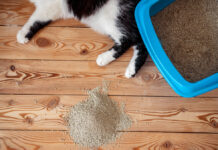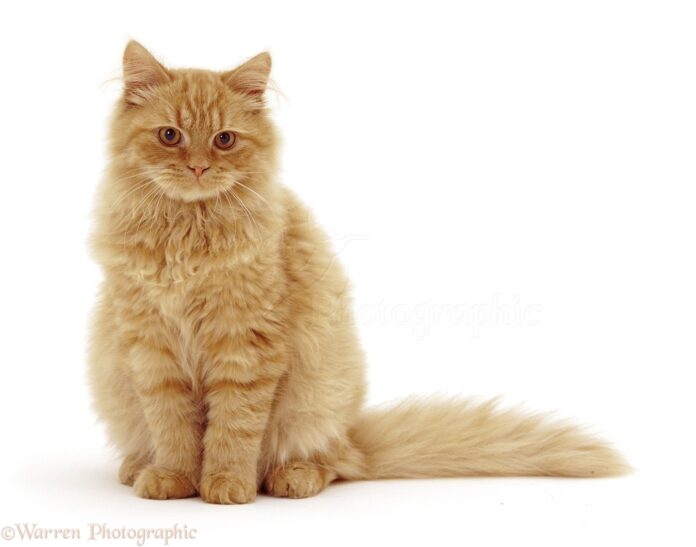Your feline friend’s sitting kitty pose is more than just a cute position – it’s a fascinating behavior that reveals much about their personality and well-being. As a cat parent, understanding these subtle body language cues can help you better connect with your furry companion. At Pet like boss, we’re passionate about helping pet owners decode their animals’ behaviors.
Why Do Cats Love the Sitting Kitty Position?
The classic sitting kitty posture, where your cat sits upright with their paws neatly tucked beneath them, is often referred to as the “loaf position” by cat enthusiasts This adorable pose serves multiple purposes in feline behavior and communication
Temperature Regulation
When your cat assumes the sitting kitty position they’re often trying to conserve body heat. By tucking their paws and limbs underneath they minimize heat loss through their extremities. This is particularly common during cooler weather or when resting on cold surfaces.
Comfort and Security
The sitting kitty pose indicates that your cat feels safe and comfortable in their environment. When cats feel threatened, they typically adopt more alert positions that allow for quick escape. For more insights about cat behavior and body language, check out our comprehensive guide about dogs and their interactions with cats.
Health Monitoring Opportunities
This position also provides an excellent opportunity to observe your cat’s overall health. A healthy sitting kitty should maintain:
- Symmetrical posture
- Relaxed breathing
- Alert but calm demeanor
- Clean, well-groomed appearance
Common Variations of the Sitting Kitty Position
The Classic Loaf
- Paws tucked completely underneath
- Tail wrapped neatly around the body
- Head held upright
The Half-Loaf
- Front paws visible
- Relaxed tail position
- Slightly reclined posture
The Alert Sit
- More upright position
- Paws visible and ready for movement
- Tail may be twitching
When to Be Concerned
While the sitting kitty position is usually normal and healthy, watch for these warning signs:
- Difficulty maintaining the position
- Obvious discomfort or pain
- Unusual breathing patterns
- Reluctance to move from the position
Tips for Creating a Comfortable Environment
To encourage your cat’s natural sitting behaviors
- Provide elevated perches
- Maintain consistent room temperature
- Offer soft, clean bedding
- Create quiet, safe spaces
Photographing Your Sitting Kitty
Want to capture your cat’s adorable sitting pose? Here are some tips:
- Use natural lighting when possible
- Get down to their eye level
- Be patient and quiet
- Have treats ready
- Use burst mode for better chances of perfect shots
Understanding Your Cat’s Body Language
The sitting kitty position is just one aspect of feline body language. Other important signals include:
- Ear position
- Tail movements
- Eye contact
- Purring intensity
- Whisker position
Building Trust Through Observation
Taking time to understand your cat’s sitting habits can strengthen your bond. Remember:
- Respect their space
- Notice their preferred sitting spots
- Observe timing patterns
- Pay attention to environmental factors
Health Benefits of Regular Sitting
When cats maintain the sitting kitty position, they’re:
- Stretching muscles
- Maintaining flexibility
- Supporting good posture
- Staying alert to surroundings
Creating a Daily Routine
Establish a consistent schedule that includes:
- Regular feeding times
- Play sessions
- Quiet observation periods
- Gentle interaction
Environmental Enrichment Ideas
To support healthy sitting behavior:
- Window perches
- Cat trees
- Comfortable bedding
- Scratch posts
- Safe hiding spots
Common Questions About Sitting Kitties
How long should cats sit in one position?
Healthy cats naturally shift positions every 20-30 minutes.
Should I disturb my sitting cat?
Generally, let sleeping or resting cats be unless necessary.
What if my cat never sits in the loaf position?
Each cat has unique preferences; consult your vet if concerned.
The Social Aspect of Sitting
Cats often choose sitting positions based on:
- Social hierarchy
- Territory marking
- Environmental comfort
- Proximity to family members
Conclusion
Understanding your cat’s sitting kitty behavior helps you:
- Monitor their health
- Respond to their needs
- Strengthen your bond
- Create a better environment
Remember that each cat is unique, and their sitting preferences may vary. By observing and respecting these behaviors, you’ll become a better cat parent and create a stronger relationship with your feline friend.
Whether you’re a new cat owner or an experienced feline enthusiast, taking time to understand these subtle behaviors will enhance your pet parenting journey. Keep watching, learning, and loving your sitting kitty!









